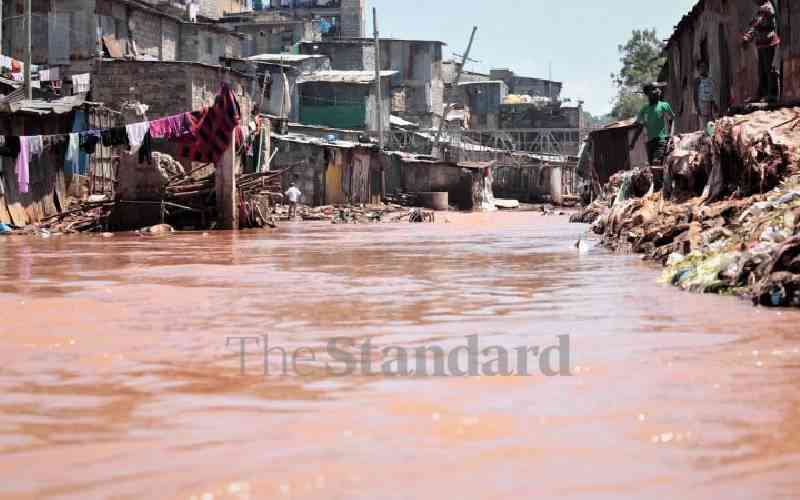
The writing has been on the wall in many African cities. The need for a rethink of urban planning and management of cities to avoid loss of lives in climate disasters.
A few days of rains in Kenya in April and May exposed the dire housing situation in Nairobi, with lives lost in the informal settlements, especially those on riparian land. Many were swept away.
Had the informal houses been better, there would have been minimal fatalities. Almost exactly a year, after Cyclone Freddy hit southern Africa, tropical storm Filipo, left massive destruction in Mozambique last March.
Last year, Cyclone Freddy killed more than 1,000 people, swept away entire villages, and displaced thousands from their homes. The loss and damage were estimated to be worth $500 million in Malawi and $1.5 billion in Mozambique. Besides other losses, more than 132,000 houses were destroyed, and about 67,000 marooned. At least 1,017 schools were either damaged or affected.
Common features in Kenya and Southern Africa calamities included blocked waterways, flooded rivers and lakes, bridges and houses collapsing and some being destroyed, kilometres of roads cut off, and the dire need for humanitarian assistance occasioned.
A UN-Habitat annual report released this week underscores the urgent need for a radical rethink of cities’ management as urban areas become increasingly vulnerable to climate change effects. These urban areas are also key in addressing the climate crisis.
With a global focus, the report outlined deepening inequalities, unaffordable housing, inadequate basic services, and the need to change how urban environments are planned, built, and managed.
It says at least 2.8 billion suffer housing inadequacy, while 2.2 billion lack safely managed drinking water services globally. These figures represent real people living in precarious conditions, often worsened by climate shocks, necessitating new approach to urban development. One of the most evident issue during the flood disasters was the level of poverty in informal settlements. For many, migration to the city represents some relief from poverty in the village. But researchers now say levels of poverty and inequality are deepening in urban areas.
Many battle rising cost of living amid widespread joblessness among the working force, and securing a decent quality of life remains a mirage. This includes affording decent housing.
Meanwhile, climate change continues to cause widespread disruption in urban areas. Inequality and the difference in resilience begin to show when others can continue to access jobs and businesses, while the poor in informal settlements lose everything, lack finances or collateral to restart their businesses, or move to safer ground.
Leaders need to champion actions that mitigate the impacts of climate change and increase the ability to adapt to its unavoidable effects. They must maintain the rehabilitation of spaces and residences, drainages, and sewerage systems in formal and informal settlements, ensuring equality and balance. National and county governments must not wait for a few people to drown or be swept away to implement policies surrounding protection of riparian land. Environmental sustainability and proper urban planning will prevent some deaths and unnecessary loss of property.
Corruption and other challenges that have encouraged construction on riparian land notwithstanding, a sustainable and equitable adherence to existing urban plans is unavoidable. This, as the UN-Habitat puts it, requires a new approach to managing cities, “one that is inclusive, resilient, and environmentally sustainable”.
This, however, is a collective responsibility, requiring concerted efforts of local leaders, national governments, international and civil society organisations.
- The writer champions climate justice. lynnno16@gmail.com

